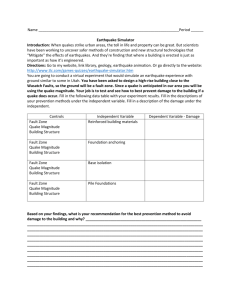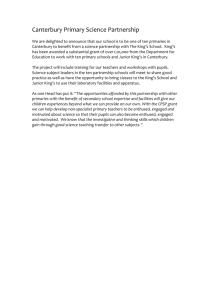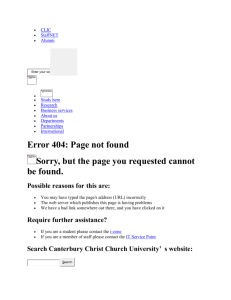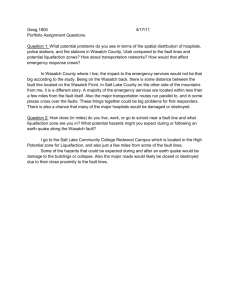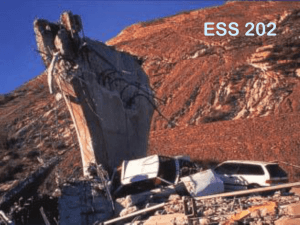Shake the strongest recorded in NZ
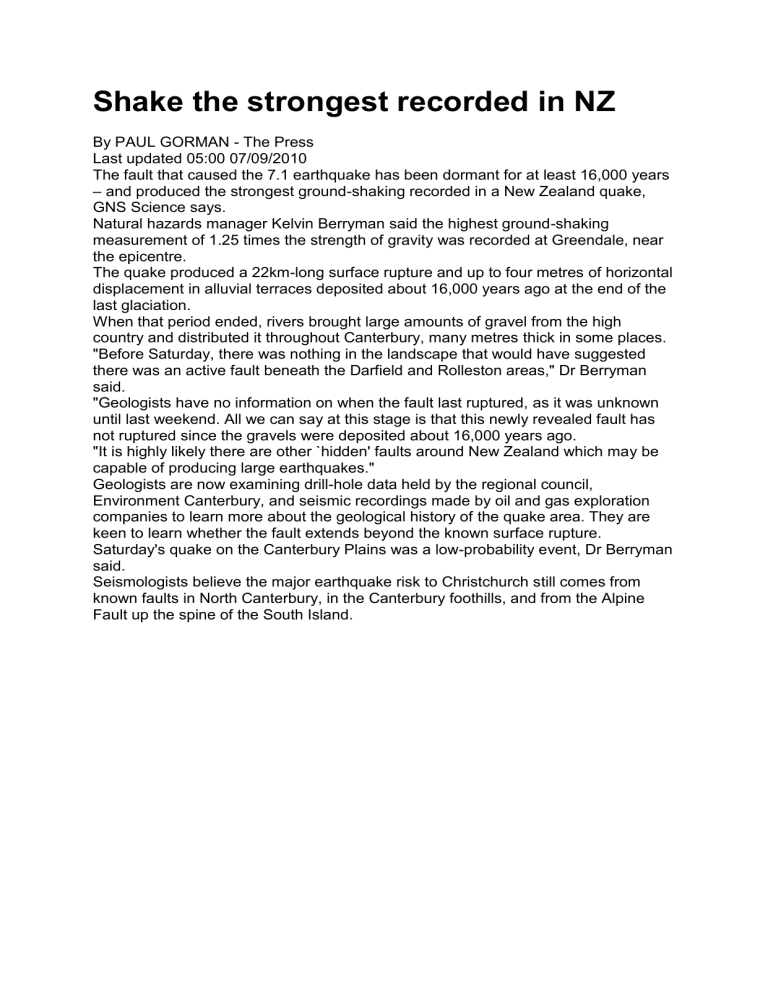
Shake the strongest recorded in NZ
By PAUL GORMAN - The Press
Last updated 05:00 07/09/2010
The fault that caused the 7.1 earthquake has been dormant for at least 16,000 years
– and produced the strongest ground-shaking recorded in a New Zealand quake,
GNS Science says.
Natural hazards manager Kelvin Berryman said the highest ground-shaking measurement of 1.25 times the strength of gravity was recorded at Greendale, near the epicentre.
The quake produced a 22km-long surface rupture and up to four metres of horizontal displacement in alluvial terraces deposited about 16,000 years ago at the end of the last glaciation.
When that period ended, rivers brought large amounts of gravel from the high country and distributed it throughout Canterbury, many metres thick in some places.
"Before Saturday, there was nothing in the landscape that would have suggested there was an active fault beneath the Darfield and Rolleston areas," Dr Berryman said.
"Geologists have no information on when the fault last ruptured, as it was unknown until last weekend. All we can say at this stage is that this newly revealed fault has not ruptured since the gravels were deposited about 16,000 years ago.
"It is highly likely there are other `hidden' faults around New Zealand which may be capable of producing large earthquakes."
Geologists are now examining drill-hole data held by the regional council,
Environment Canterbury, and seismic recordings made by oil and gas exploration companies to learn more about the geological history of the quake area. They are keen to learn whether the fault extends beyond the known surface rupture.
Saturday's quake on the Canterbury Plains was a low-probability event, Dr Berryman said.
Seismologists believe the major earthquake risk to Christchurch still comes from known faults in North Canterbury, in the Canterbury foothills, and from the Alpine
Fault up the spine of the South Island.





